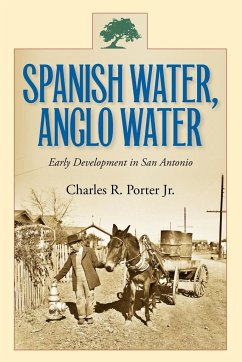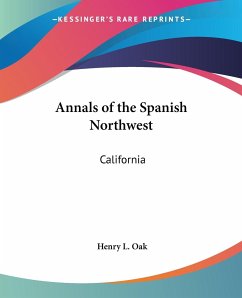In 1718, the Spanish settled San Antonio, partly because of its prolific and breathtaking springs-at that time, one of the largest natural spring systems in the known world. The abundance of fresh water, coupled with the Spanish colonial legal concept that water was to be equitably shared by all settlers, led to the building of the system of acequias (canals or ditches) within the settlement. The system is one of the earliest and perhaps most extensive municipal water systems in North America. This book offers a meticulous chronicling of the origins and often-contentious development of water rights in San Antonio from its Spanish settlement through the beginning of the twentieth century. CHARLES R. PORTER JR. is a real estate and construction expert, Texas Real Estate Commission instructor, and adjunct professor of history at St. Edward's University in Austin, Texas.
Hinweis: Dieser Artikel kann nur an eine deutsche Lieferadresse ausgeliefert werden.
Hinweis: Dieser Artikel kann nur an eine deutsche Lieferadresse ausgeliefert werden.








